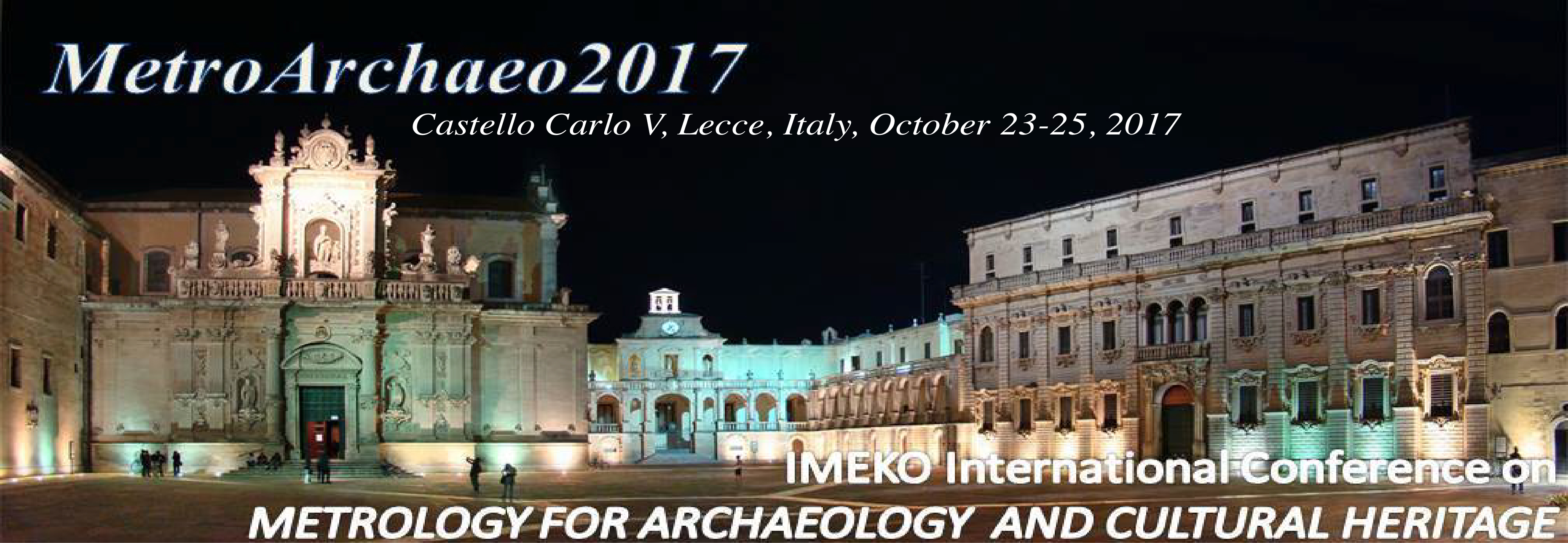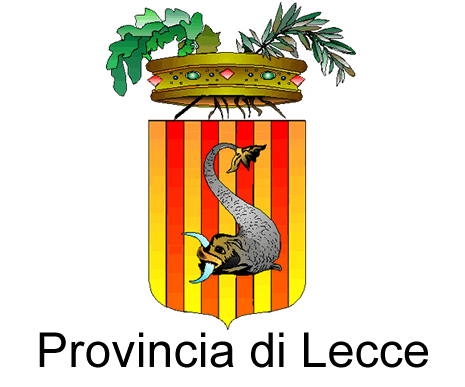TUTORIALS
Gathering and processing GPR data
Giovanni Leucci1, Paolo Papeschi2, Raffaele Persico1,3
1: Institute for Archaeological and Monumental Heritage IBAM-CNR
2: IDSgeoradar s.r.l.
3: Telematic International University Uninettuno UTIU
In this tutorial a brief demonstration in the field will be provided. In particular, some GPR data will be gathered and in the venue of the conference and subsequently processed, in order to show the basic passages required in the most simple cases, namely a correct positioning of the data, a zero timing, possible filtering and gains, an evaluation of the propagation velocity of the medium and consequently a migration of the data in order to focus the buried targets.
Due to the limited time, the tutorial will not enter deeper details, but the users should absolutely be aware of the fact that using correctly a GPR system and processing correctly the data is a task less simple than it might seem during the proposed exercitation. There is a huge complexity of the underlying physics and there are many approximations in the performed processing. Moreover, the personal expertise of the human operator is important too, especially in complex cases. So, the users should be aware that the interpretations have to prudent and meditated.
Preliminary diagnostics for restoration of architectural and and historic-artistic heritage ![]()
Giovanni Quarta, IBAM-CNR
The topic of this tutorial concerns the preliminary diagnostics for restoration of architectural and historic-artistic heritage. In particular, the aspects concerning the design of diagnostic campaigns in relation to the state of conservation of the artefacts will be discussed. Issues on the application of destructive or no destructive techniques will be also taken into account. Some case studies regarding some structural problems of historical building and the conservation of surfaces of sculptured artefacts will be shown.
Best accuracy with aerial and terrestrial integrated technologies
Simone Gianolio, Sapienza University of Rome, Italy
In this meeting will be shown how in Archeology the accuracy and the precision of the metrology are easily enhanced using integrated technologies. Indeed, reliable documentation could be achieved combining UAV for aerial dataset with total station, GNSS, laser scanner and computer vision for terrestrial dataset.The most important peculiarity of UAV is the velocity, in fact, one hour of autonomous flight can acquire up to 1.000 square meters. The collected data can be improved with the laser scanner using specialized software. This high technology will allow reliable maps, plans, drawings, ortophotos, etc. In addition, a workflow tutorial in real-time will present the last two years collection of our dataset, elaborated with a commercial and open software. The scholars will learn the best practices to use these resources. This meeting will represent an opportunity to grown your skills.
























